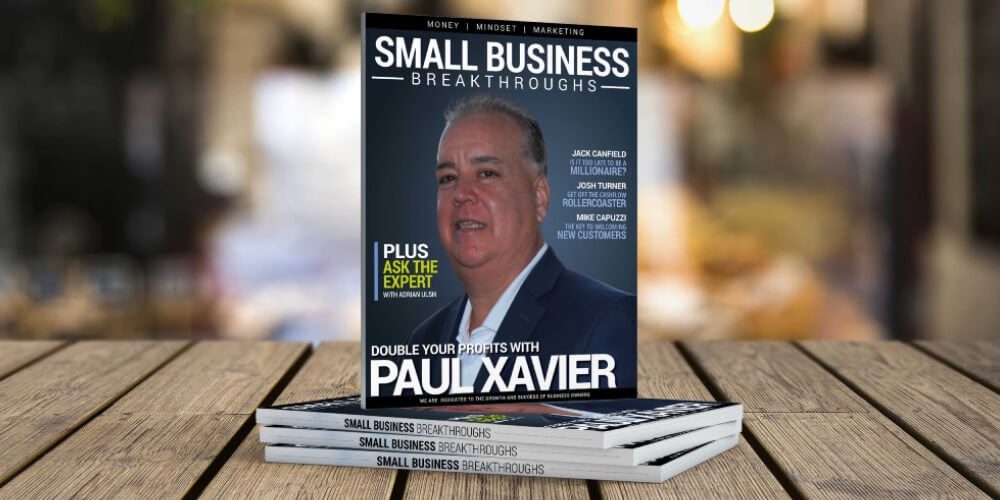There are a few things you need to do and consider to prepare for your first face to face meeting:
- Make a list of what you want to accomplish during the meeting.
- Anticipate potential concerns from the client.
- Check to make sure you are completely prepared.
- Listen more than you talk.
- Bring support staff with you.
- Use and respect the clients’ format.
- Always follow through.
- Ask for what you need and seal the deal.
- Simplify your prospects life.
- Find ways to boost your credibility.
- Build and nurture relationships.
- Learn from “no”. Find out what didn’t work so you know how to change it for the next time.
These are all important things to do both before and during your presentation. With confidence behind your company and product you will catch that big fish. The next step of the process is negotiation. This can seem a little intimidating but with a few tips and tricks can become natural to you.
Here are some tips to help you negotiated successfully:
- Build a pricing strategy and stick with it.
- Prioritize what you plan to offer. This should include what really matters to you and what you are willing to give in on.
- Don’t give in too quickly.
- Negotiated with a person, not a “company”. Don’t let their answer be that they would like to, but can’t.
- Don’t sell yourself short.
- Mitigate your pricing. If you go to low you won’t be able to raise it back up and you need to make a profit.
- Don’t sacrifice quality for the deal.
- Your services should always count as costs.
- Boost margins with add-ons.
- Handle request for proposals with the utmost care.
These are the ways you make sure that both parties are getting the best possible situation from the partnership. Once you start meeting or working together, it’s important to continue to build your relationship so that that representative becomes a big of an ally for you. They are more likely to vouch for you and build on the partnership you have with their company.
We like to call this person a champion. They are champion for your company and can bring a stronger, brighter future to your company. Here are the characteristics of a great champion:
- They are respected by supervisors.
- They are socially networked.
- They think in the best interest of their company’s long run.
- They are able to quickly navigate through the company to get things done.
- They are willing to give credit to another person.
- They share the same business philosophy, values and vision as you.
Now, that you know how to negotiate for what is best for both parties and build on relationships, we’re going to talk about how to use your fish’ power to the best of your benefit.
If you need help with any of the negotiation or courting process, try our GUIDED TOUR to get access to a wealth of great tools and resources to help you be successful.

 What this really means is how are you different from your competitors and others in your industry. What makes you memorable with customers?
What this really means is how are you different from your competitors and others in your industry. What makes you memorable with customers?


